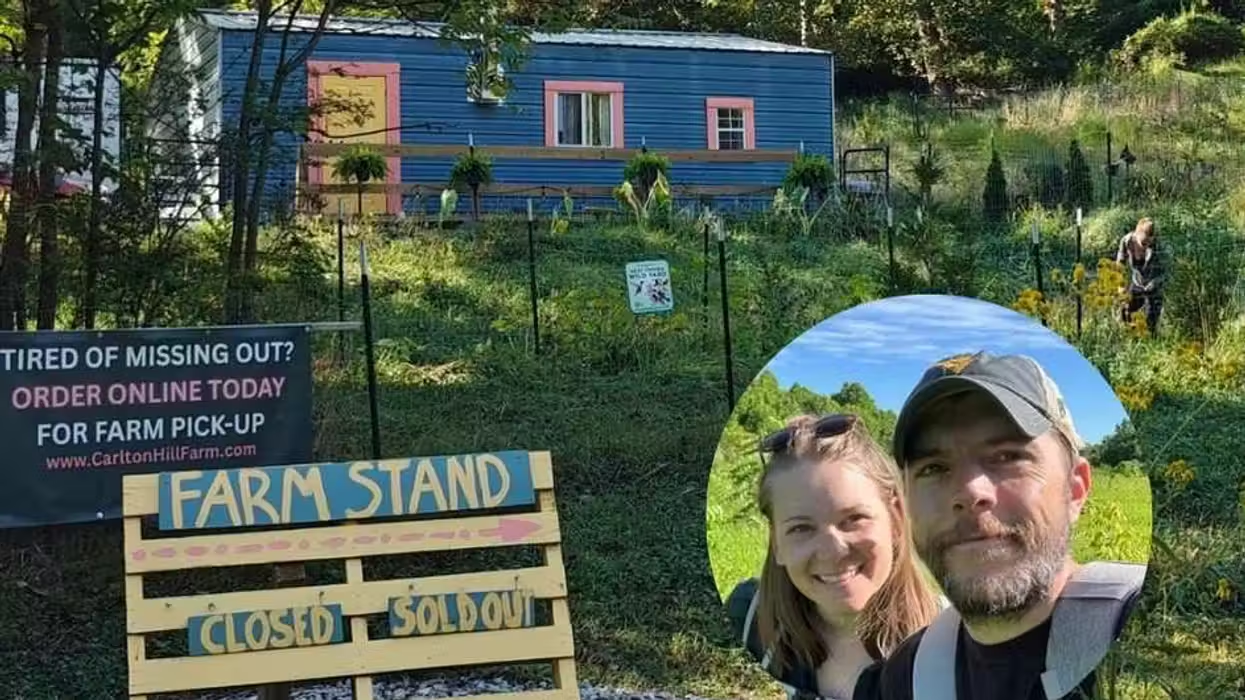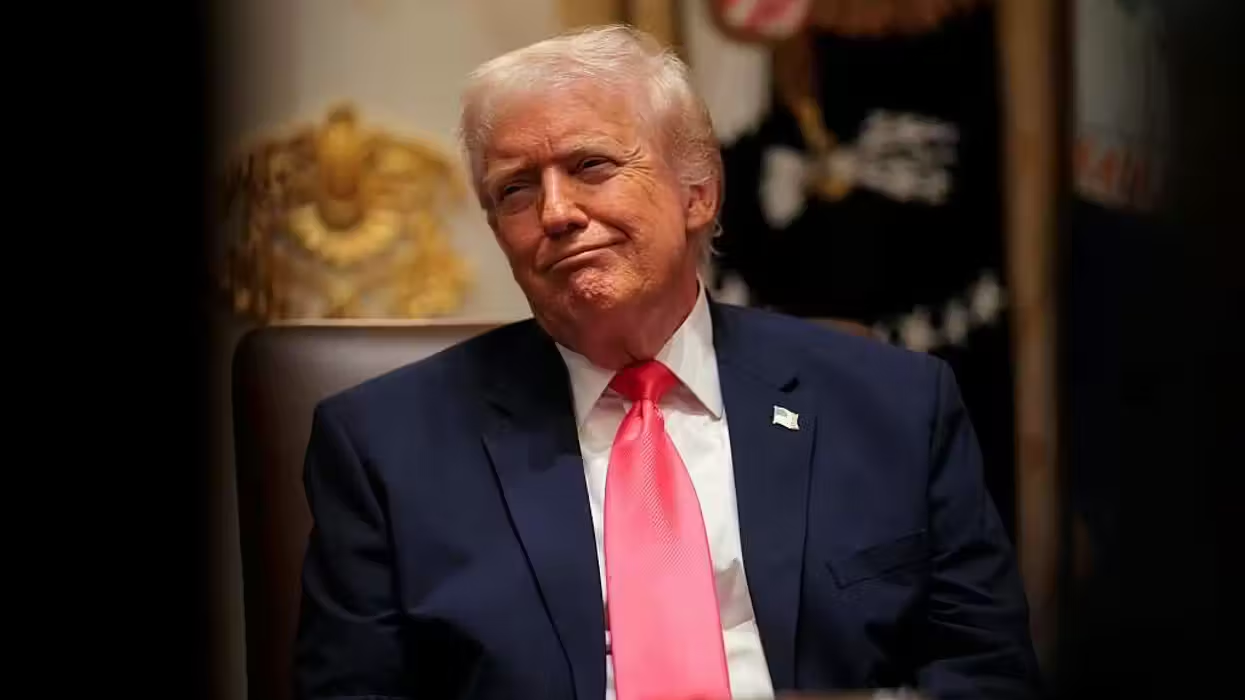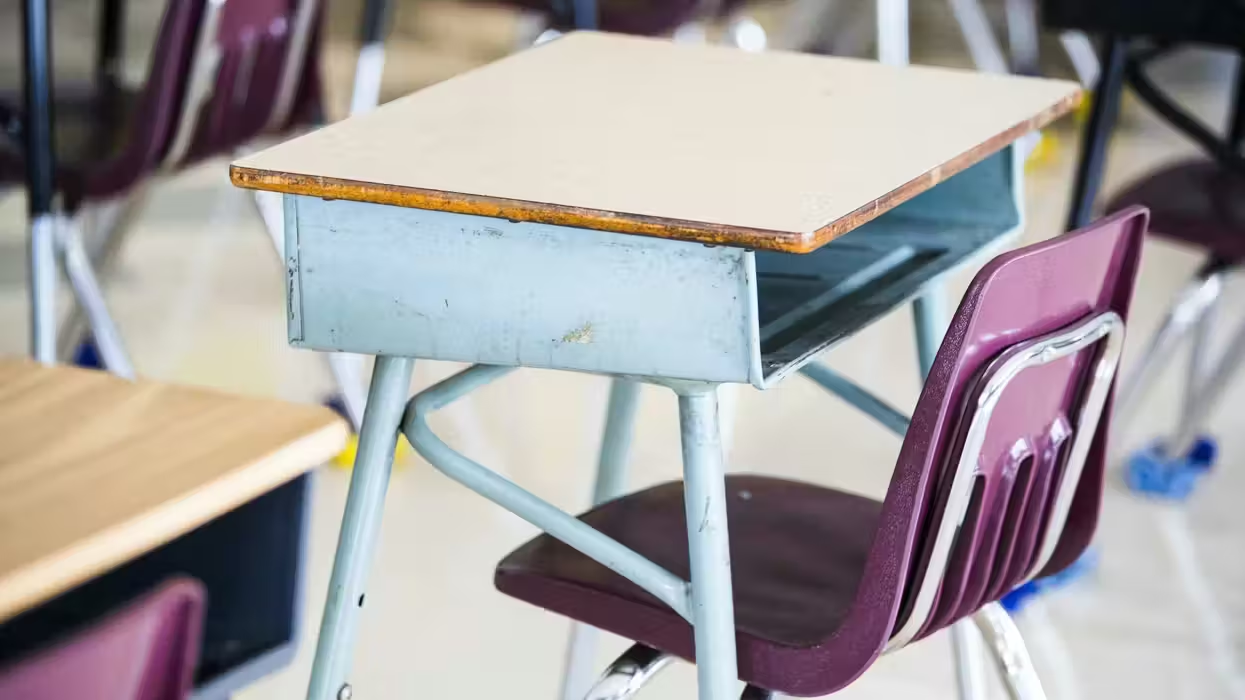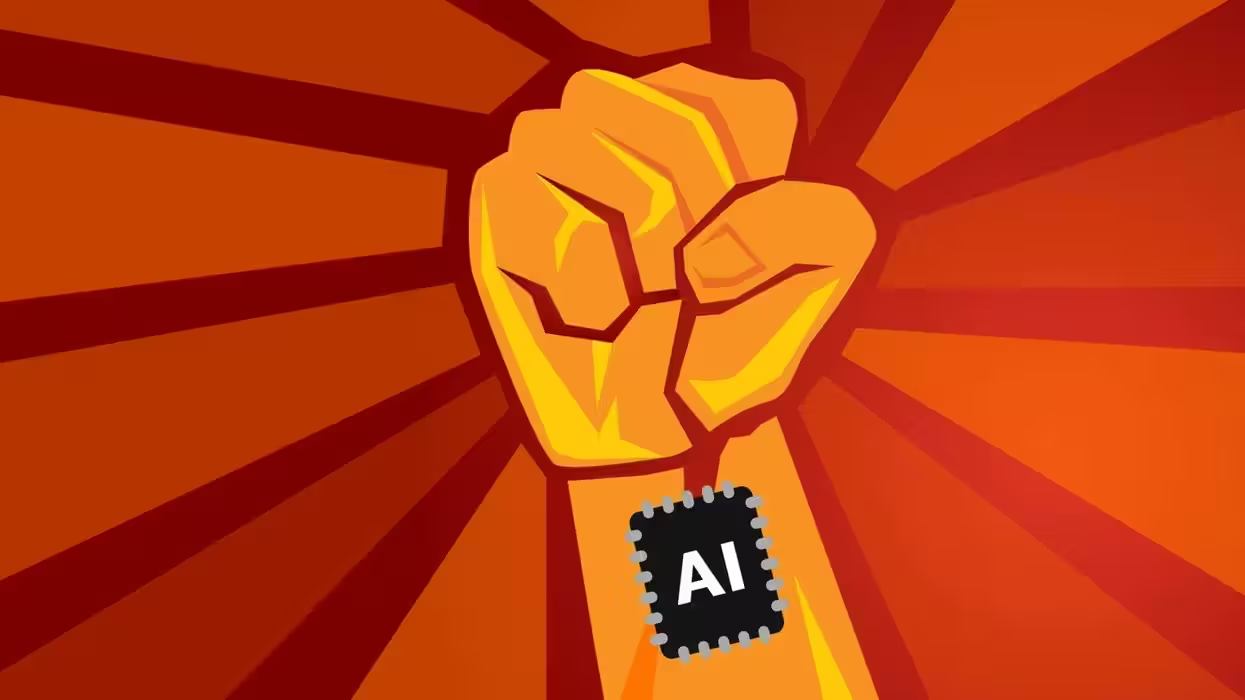
© 2025 Blaze Media LLC. All rights reserved.
Sequestration: Why Are Special Interest Programs Getting Funding, But the Crucial Indian Health Service Faces Major Cuts?
March 21, 2013
"Tribes have too little political clout, too small numbers for those same protections to be applied."
 The Associated Press.
The Associated Press.
When it comes to the automatic budget cuts that began taking effect this month, federal lawmakers were able to find a way to spare certain special interest programs -- such as $227K program to study pictures of animals in National Geographic magazines, paying people $46K to attend an annual snowmobile competition in Michigan, and $350K for a study that looks at the “effects of meditation and self-reflection,” all of which were awarded grants at the beginning of March -- from sequestration.
That wasn't the case with programs for American Indian reservations, where unemployment is far above the national average, women suffer disproportionately from sexual assaults, and school districts largely lack a tax base to make up for the cuts.
The federal Indian Health Service, which serves 2.1 million tribal members, says it would be forced to slash its number of patient visits by more than 800,000 per year. Tribal programs under the U.S. Department of Interior and the U.S. Bureau of Indian Affairs that fund human services, law enforcement, schools, economic development and natural resources stand to lose almost $130 million under the cuts, according to the National Congress of American Indians.
While food distribution, welfare programs and health care services that serve the needy are exempt from the cuts, similar services on reservations aren't, said Amber Ebarb, a budget and policy analyst for the National Congress of American Indians.
"Tribes have too little political clout, too small numbers for those same protections to be applied," she said. "I don't think it's the intent of any member of Congress. The ones we hear from, Republicans and Democrats who understand trust and treaty rights, think it's outrageous that tribes are subject to these across-the-board cuts."
The timing and magnitude of most of the cuts are uncertain as Congress looks for a way to keep the government operating beyond March 27 with no budget in place. In the meantime, tribes across the country are preparing for the worst.
Some are better-positioned than others.
In northwestern New Mexico's McKinley County, where about a third of the population lives below the federal poverty level, the Gallup-McKinley County School District is facing a $2 million hit. The district that draws mostly Navajo students from reservation land not subject to state property taxes relies heavily on federal funding to pay its teachers and provide textbooks to students.
 AFP/Getty Images.
AFP/Getty Images.
"To me, it seems very unfair that one of the poorest counties with one of highest Native enrollment in the country has to be impacted the most by sequestration," said district superintendent Ray Arsenault. "We are very poor, we're very rural, and it's going to hurt us much more."
On the Rosebud Indian Reservation in south-central South Dakota, a new $25 million, 67,500-square foot jail sits empty. The annual operating budget of $5 million would be reduced to around $840,000 because of the automatic budget cuts, said jail administrator Melissa Eagle Bear.
"I don't think this is intentional, but I do feel like it's the government's way of controlling things," she said. "They definitely have control, and we're going to keep going. ... I know Indian people. We tend to survive off what resources we have."
In Oklahoma, the Cherokee Nation said it is well-poised to handle cuts to its diabetes, housing rehabilitation, Head Start and health care programs. The tribe put a freeze on nonessential hires and halted most travel and training for tribal employees. The tribe's $600 million budget for services and programs comes largely from federal funds, but tribal businesses also post annual revenues in the same amount that have been used to fill in gaps, said Principal Chief Bill John Baker.
 Associated Press.
Associated Press.
"What this really is going to boil down to mean is that there won't be any new purchases, new equipment, and probably we'll hold our programs but not be in a position to add new programs," Baker said. "Luckily, we're in pretty good shape."
Baker and other tribal leaders have argued against the cuts, saying the federal government has a responsibility that dates back to the signing of treaties to protect American Indian people, their land and tribal sovereignty.
Clara Pratte, director of the Navajo Nation's Washington, D.C., office, said regardless of the outcome of the budget talks, tribal leaders should press Congress to make funding for Indian programs mandatory, not discretionary.
Nearly two-thirds of the Navajo Nation's $456 million budget comes from federal sources that go to public safety, education, and health and human services. The tribe is facing up to $30 million in automatic budget cuts.
"A lot of these programs go to people that cannot lift themselves up by their bootstraps," Pratte said. "I'm talking about grandmas, grandpas, kids under the age of 10. We can't very well expect them to go to work."
Follow Becket Adams (@BecketAdams) on Twitter
The Associated Press contributed to this report.
Want to leave a tip?
We answer to you. Help keep our content free of advertisers and big tech censorship by leaving a tip today.
Want to join the conversation?
Already a subscriber?
more stories
Sign up for the Blaze newsletter
By signing up, you agree to our Privacy Policy and Terms of Use, and agree to receive content that may sometimes include advertisements. You may opt out at any time.
Related Content
© 2025 Blaze Media LLC. All rights reserved.
Get the stories that matter most delivered directly to your inbox.
By signing up, you agree to our Privacy Policy and Terms of Use, and agree to receive content that may sometimes include advertisements. You may opt out at any time.






